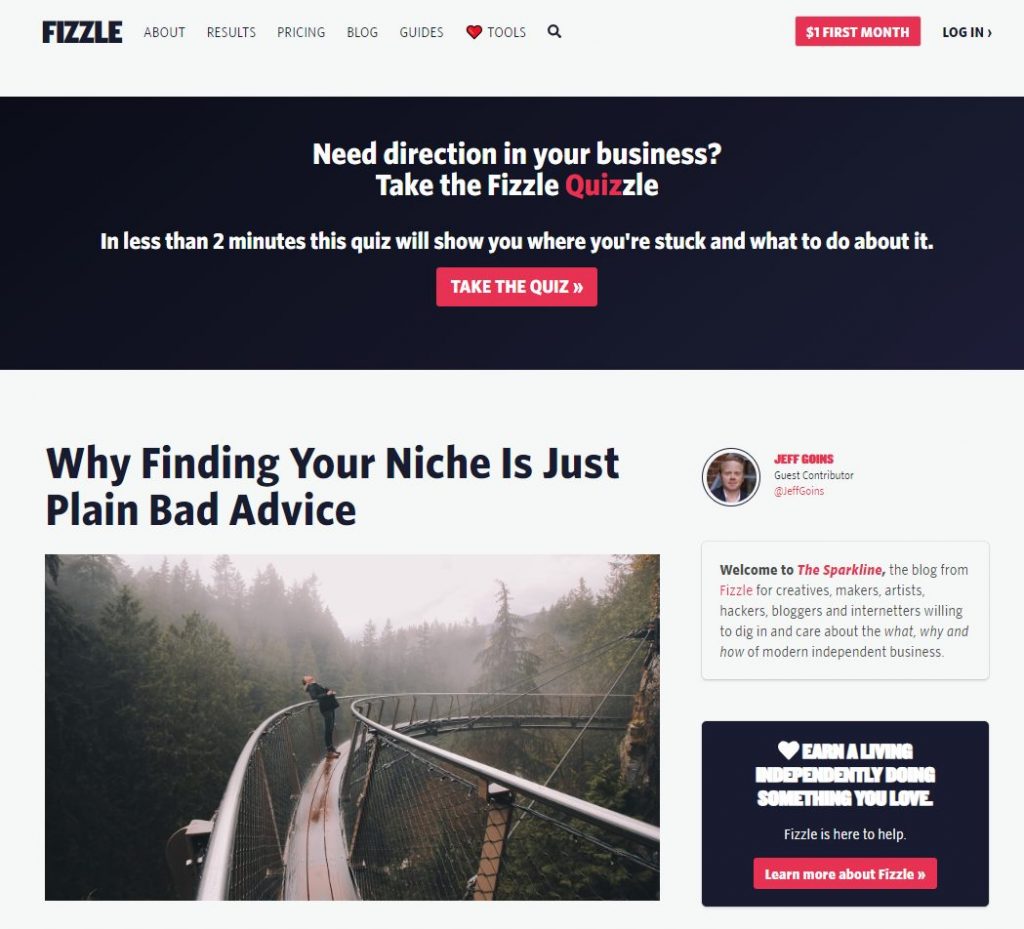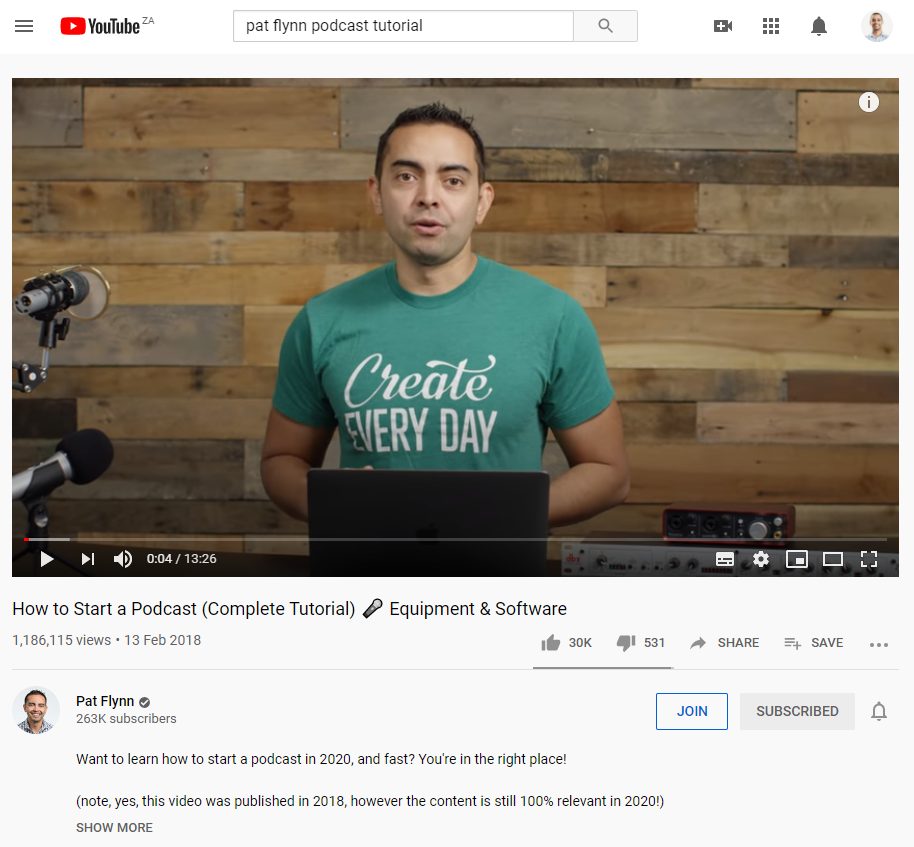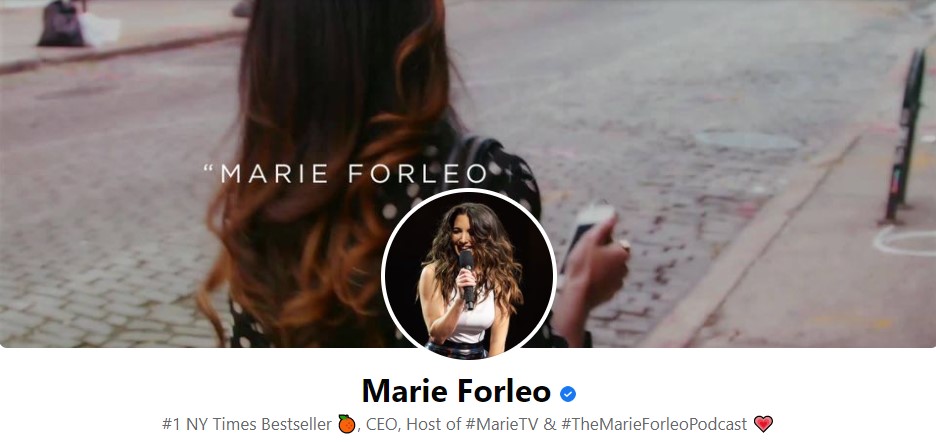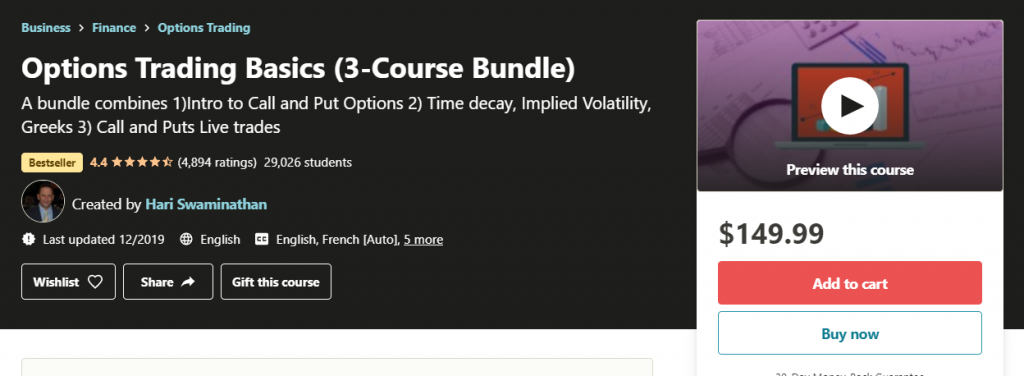You've successfully created your online course and now it's time to start promoting it. But where do you start? Marketing an online course is much like promoting a new product. It's got to be a planned using a systematic approach to help you reach as many of your ideal customers as possible. And while this may seem a little complex and possibly out of reach, it isn’t. There are many ways to promote your online course, this blog post explores 14 marketing ideas you can take and make your own.
We’ll take a look at how to best position your product, how to leverage student before and after states, use promotions, and more. By the time we’re done, you’ll have a collection of powerful marketing ideas to help you expand course revenues.
14 Incredibly Useful Online Course Marketing Ideas:
- 1. Identify Your Ideal Customer
- 2. Think of Before and After States
- 3. Share Customer Testimonials
- 4. Offer Snippets of Lessons
- 5. Launch a Blog
- 6. Create a YouTube Channel
- 7. Use Social Media pages
- 8. Create a Group on Social Media
- 9. Offer a Lead Magnet for Email Addresses
- 10. Use Quora as a marketing channel
- 11. Create Holiday Promo Offers
- 12. Host a Live Stream
- 13. Bundle Your Course With a Partner
- 14. Create an Affiliate Program
1. Identify Your Ideal Customer
Developing an intimate understanding of who your ideal customer is, forms the basis of all effective marketing. Without knowing who your product is designed to serve, it's hard to understand how to best position it as an attractive solution to whatever problem customers are going through. When it comes to your online course, marketing means understanding the pain points, challenges, and needs of students.
This is why personas are important. They narrow down specific traits, demographics, and values your unique customer has. They identify pain points, challenges, and needs responsible for creating a vacuum that your online course can fill. If you haven't yet done so, then you should develop a persona to aid your online course marketing plan. DigitalMarketer offers an easy-to-use customer avatar designed to help you quickly narrow down who your ideal customer is. Download a copy here.

Source: digitalmarketer.com
2. Think of Before and After States
One of the most powerful concepts that you can apply when marketing your online course is the idea of before and after states. Before and after states are an effective way of understanding your ideal customer's current position and all the challenges they face in the current reality. The after state refers to a positive outcome or reality they experience after having completed your online course.
If you can identify the problems, challenges, and needs of your audience, along with the emotional states, you understand what matters most to them. Identifying the ideal scenario or new reality that is filled with possibilities becomes much simpler. It's just a matter of addressing all the issues they face in the before state.
Using the before and after states approach is powerful. If you'd like to apply this methodology as one of your online course marketing ideas, check out DigitalMarketer’s before and after grid. Like their custom avatar, easy to understand and complete, and you'll be surprised at how simple it is to identify a clear path to effectively marketing your online course.

Source: digitalmarketer.com
3. Share Customer Testimonials
Social proof is a powerful psychological trigger. It screams trust and credibility to anyone considering purchasing your online course. That's why you should have at least three testimonials that you can share in your marketing content. But when you incorporate testimonials, be sure to make them broad enough so they focus on various aspects of your online course. Students often have different questions related to online courses. They may want to know what the depth of the course is, if the material is of high-quality and valuable, or what your teaching style is like.
Use testimonials that give an honest review of how your courses helped transform the student’s world. Matt D’avela shares testimonials on his YouTube channel. His are clear, honest, and relatable.

Source: youtube.com
4. Offer Snippets of Lessons
Lesson snippets are a smart way to do away with any doubts and concerns about your course. They give prospective students a look at the quality of your material, your teaching style, helping them decide whether this is the best course to purchase. They also hint at the depth of material. And this is a big deal. Sometimes online courses sell big ideas but fall short of delivering true value. By offering a snippet of a core concept within your course, students can quickly see that your material is worth it. With the taste of what an offer, committing to your course becomes easier.

Source: youtube.com
5. Launch a Blog
Blogging is still a powerful and effective way of attracting an audience. While it may take longer to generate results, blogging isn’t limited to just articles you post in your blog, you can also leverage guest posts to drive traffic from sites with readers who match your ideal customer profile. That said, it's still important to have your own blog. Marketing is a long game and by generating the right content and steadily growing your domain authority and reader base, you'll be able to convert more readers into students.

Source: fizzle.co
6. Create a YouTube Channel
It's hard to imagine a world without YouTube. The video platform has over 2 billion monthly active users who consume over 1 billion hours of video each day. It makes sense that you want to get your share of YouTube traffic. Creating a YouTube channel that is dedicated to marketing your online course helps get the message out there about what you have to offer. By creating a collection of videos to drive awareness, educate, and convert users into paying customers, you essentially create a video marketing funnel that can drive traffic and generate revenue.
Pat Flynn created a course that teaches how to create a podcast. He uses YouTube to share content related to his course and attract new students.

Source: youtube.com
7. Use Social Media pages
Social media can be low-hanging fruit. Like YouTube, it offers the chance to engage a larger audience and tap into consistent traffic sources for your online course. When using social media, have a plan. Develop a social media content strategy that identifies the types of content you produce, when you will publish it, and who it's for. But most importantly, remember that social media is not just a traffic source, it’s also an opportunity to engage with your audience and build a community around your course. With the community of fans who share a common interest in your course subject matter, it becomes easier to convert them into paying customers.
When you take to social media, be sure to identify the right platforms to promote your course. For example, if you have a TikTok course, LinkedIn may not be the ideal platform to promote your online course. TikTok, Facebook, Instagram, Snapchat, and Twitter will be more aligned with your material given the demographics they attract. Maria Forleo uses her profile to promote courses and engage with prospects.

Source: facebook.com
8. Create a Group on Social Media
One of the benefits of creating social media accounts is that they also offer you the chance to create unique groups around your brand or online course. This gives you the chance to create a sense of activity. By creating a group on Facebook, for example, you create a space where people with an interest in the subject matter of your online course can go and get exclusive information on how to deal with problems, challenges, or satisfy needs related to your subject matter.
Groups also make it easier for you to promote your online course. Because people opt-in to groups, they are raising their hands to be part of something that is highly specific. Your online course is just that. It's designed to equip students with the knowledge and tools to transform themselves.

Source: facebook.com
9. Offer a Lead Magnet for Email Addresses
Lead magnets are one of the most valuable marketing tools you can use to grow your business. They attract customers by offering a solution to a specific problem. If you have struggled to create one, here are tips DigitalMarketer deems important to help you produce one that generates as many leads as possible for your online course:
Aim for Instant Gratification
The most effective magnets create a sense of euphoria for people who consume them. They quickly deliver powerful messaging and solve problems.
Finding a Unique Angle
Because lead magnets are so effective, there are tons of other online course creators using them to promote their programs. And this is the beauty of marketing. Your goal is to find a creative way of positioning the most value in the most unique way to attract your ideal audience. This could mean looking at a problem from a different perspective or offering expert insights that your audience would typically not have access to or would have to pay for.
It Must be Highly Valuable
While everyone has an email address and gets spam, people aren't willing to exchange their information for something they don’t deem valuable. Your lead magnet, therefore, has to scream value. Using the example of providing unique expert insights few people have access to, it’s easy to see that expert insights increase the perceived value of your lead magnet.
DigitalMarketer’s Facebook Ad Template Library generated 35,859 leads in 60 days.
10. Use Quora as a marketing channel
Quora is a great platform to use to promote your online course. It's filled with people looking for answers to questions on almost any subject you can think of. Using the search bar you can find questions related to your course subject matter and answer them. But answering them the right way is what will get you the results are after. Make sure you understand the question being asked, provide clear and comprehensive feedback, examples, and more. The beauty of Quora is that you have the opportunity to share expertise and position your online course as a tool that users can leverage to feed their hunger for knowledge.

Source: quora.com
11. Create Holiday Promo Offers
Running promotional offers can be tricky. Often, it's hard to determine a good reason to create an offer, especially one that makes sense to your audience. The easiest way for brands to capitalize on promos is to use them in accordance with holidays. Holiday promos inspire a sense of opportunity for customers, especially if they have been interested in a course and just haven't felt ready to commit financially. If you offer a holiday promo make sure your discount is incentive enough to convert as many students as possible. Also, be sure you use social media platforms, YouTube, and any email lists you may have to get the message out about your promo.
12. Host a Live Stream
Live stream video has become one of the most important marketing tools today. According to Research and Markets, the video streaming market is set to balloon to $70 billion by 2021. And today, hosting a lifestream is far easier than was five years ago. There are tons of software packages that you can use to quickly connect to your favorite social media platform and go live.
Live streams can help you engage your audience in real-time, something any brand looking for the opportunity to drive awareness must do. You'll be able to engage with more customers, promote your online course, and address any challenges and objections they may have to complete your course in real-time. Live streams also make it easier for your audience to learn more about you and why you're uniquely equipped to offer your online course. With that level of authority established, purchasing your course becomes easier.
Take this example from Maria Forleo. She hosted a live stream to showcase seven testimonial from students who have completed her online course.
13. Bundle Your Course With a Partner
Partnering up with other instructors is a savvy way to market and sell more courses. It helps you reach a larger audience with similar interests. What's important to note though is that you must pick complementary courses. Bundling is all about adding value that is hard for students to turn down. If you go the bundling route, be sure to have a promotion strategy using the ideas above. After all, simply bundling a product doesn’t mean people know that the offer is available. You'll need to get out there and use various platforms to reach them.
14. Create an Affiliate Program
Affiliate programs have grown in popularity. Today, you can find one for almost any product available online. Your online course should not be the exception. Having an affiliate program increases the likelihood of you selling more of your online course in less time. It opens you up to the possibilities as an army of online entrepreneurs take the web to position your product and generate an income for themselves. The dynamics of running an effective affiliate program used to be complex. Today, they have been simplified as most online course platforms have built-in affiliate management tools. For example, Teachable and Kajabi allow you to build affiliate program pages for sign-ups, invite affiliates, and track their success.
Which will You Use First?
Promoting your online course isn’t about finding and using just one tactic, it's about deploying many in a systematic order to find the ones that work for you, and constantly testing new ones to generate better results. Test these and find out which help you generate the best results. Remember, these are guidelines and you still need to apply a degree of creativity that is aligned with your brand to appeal to your ideal customer.





